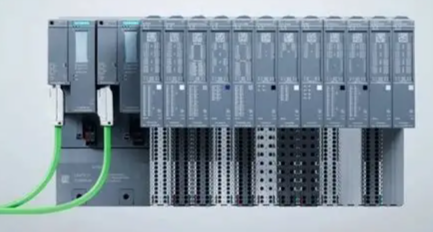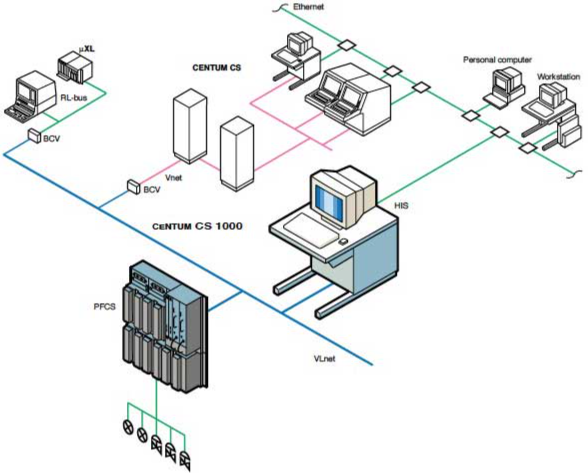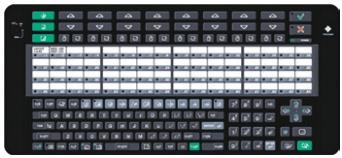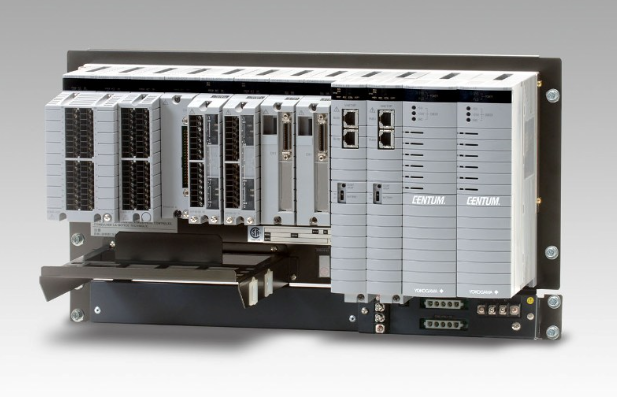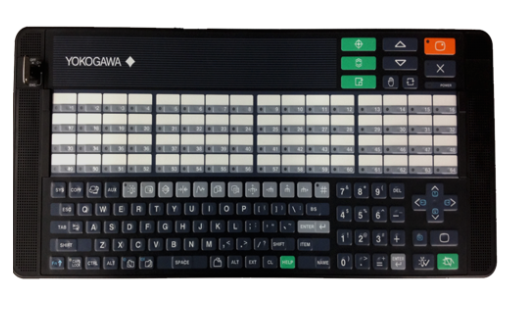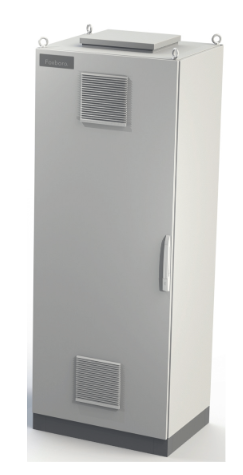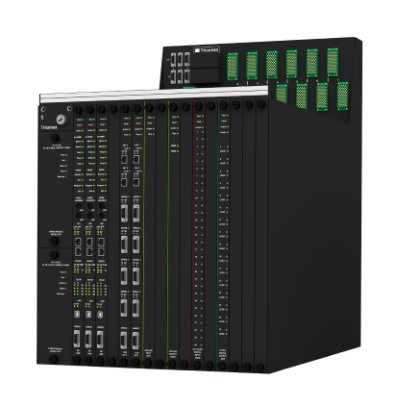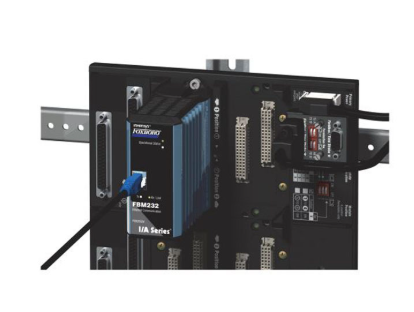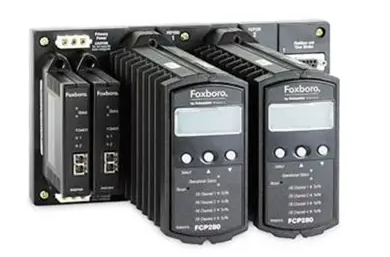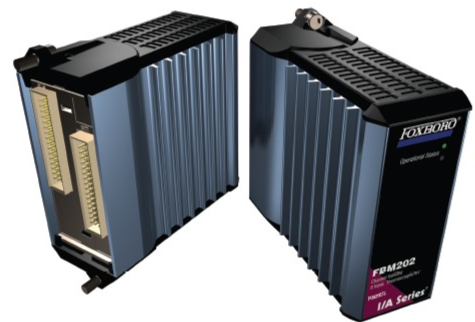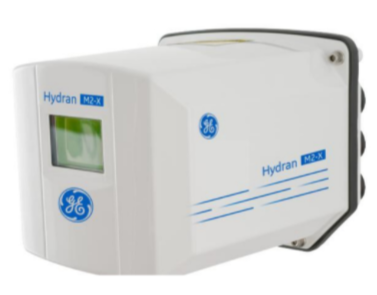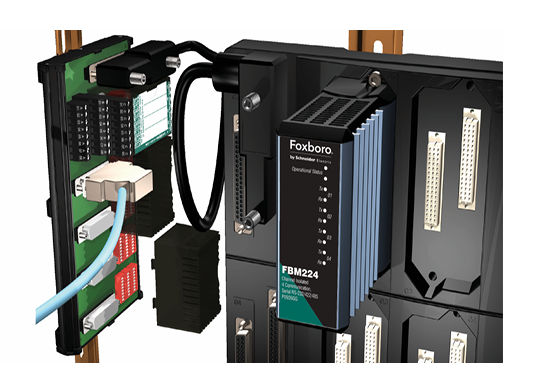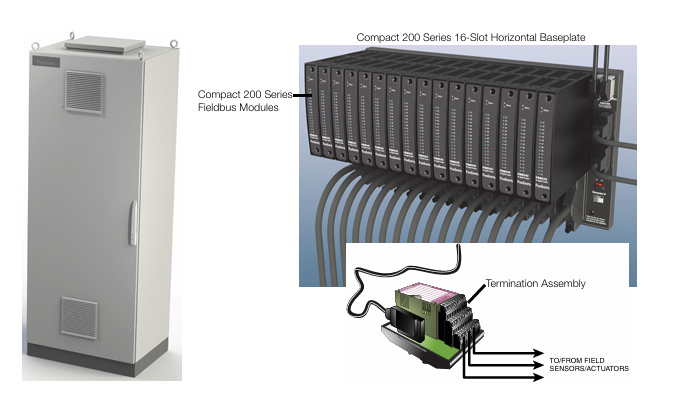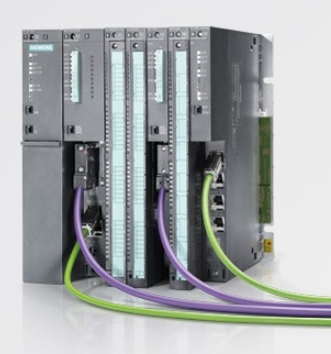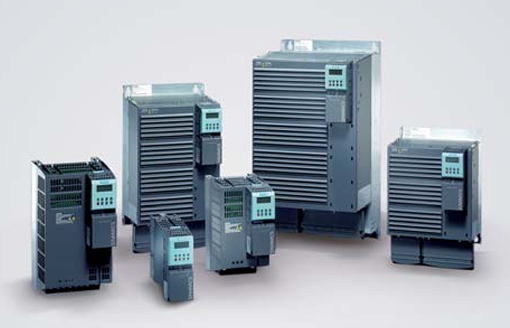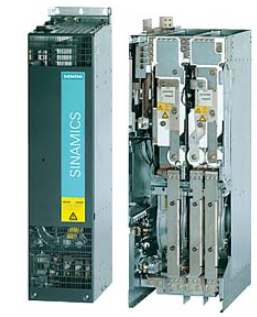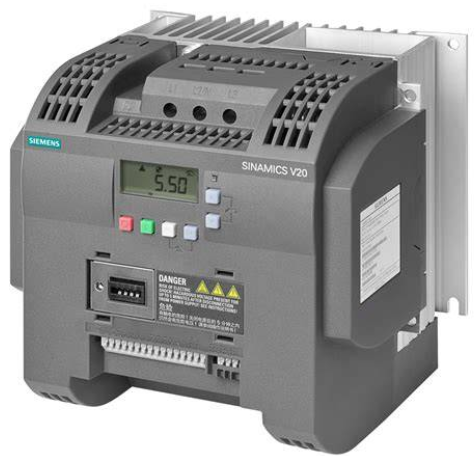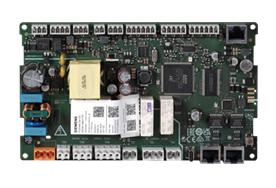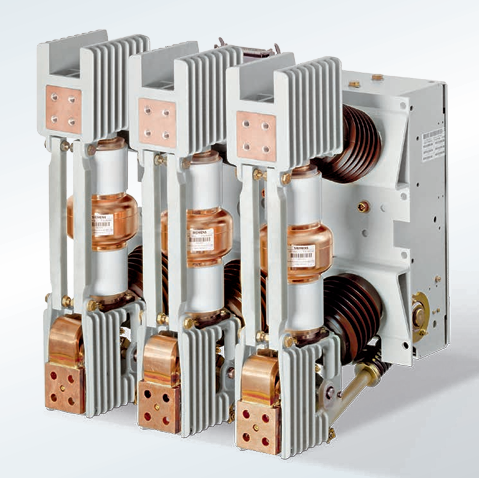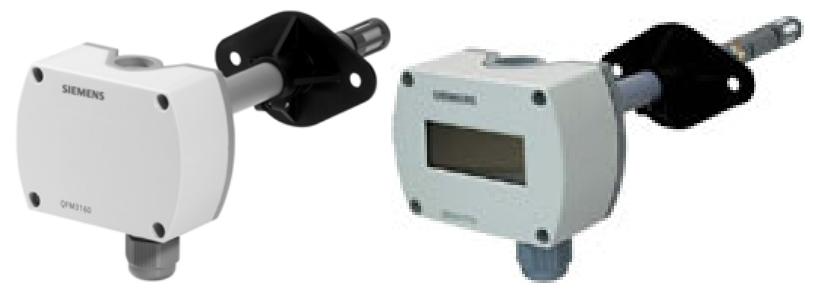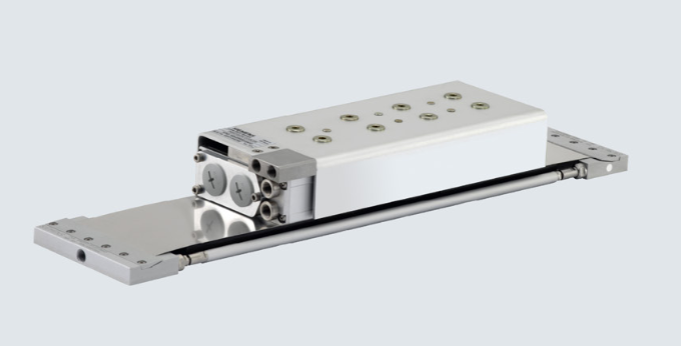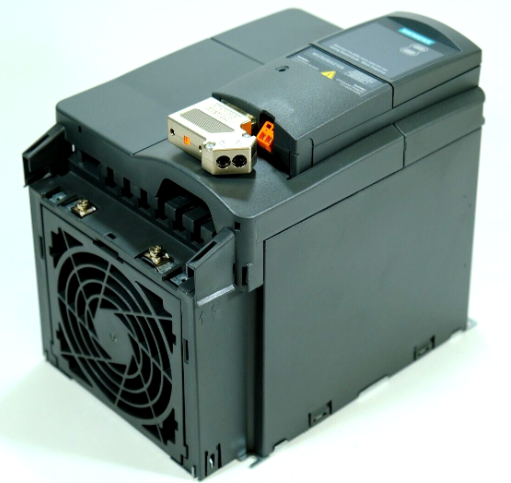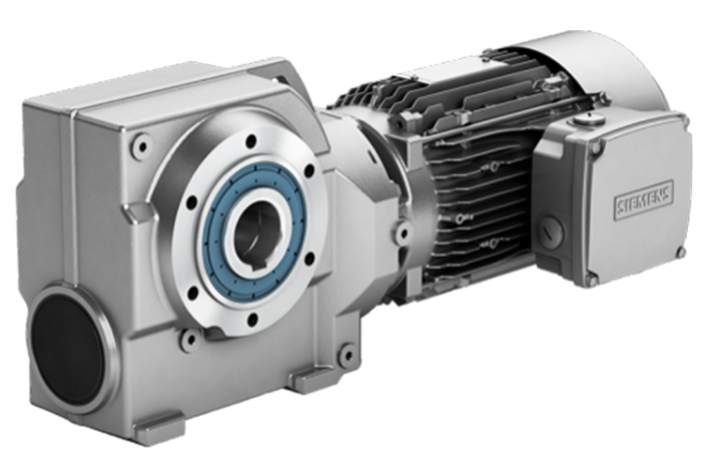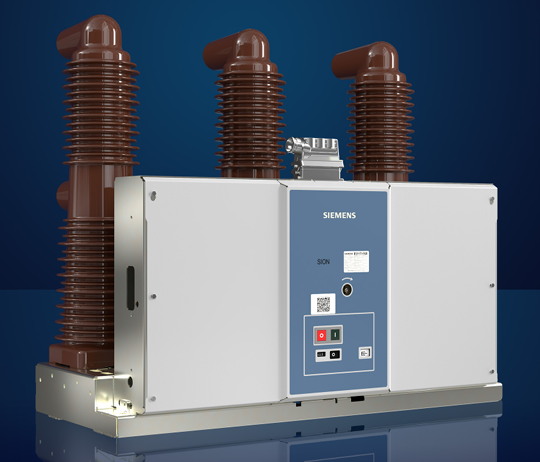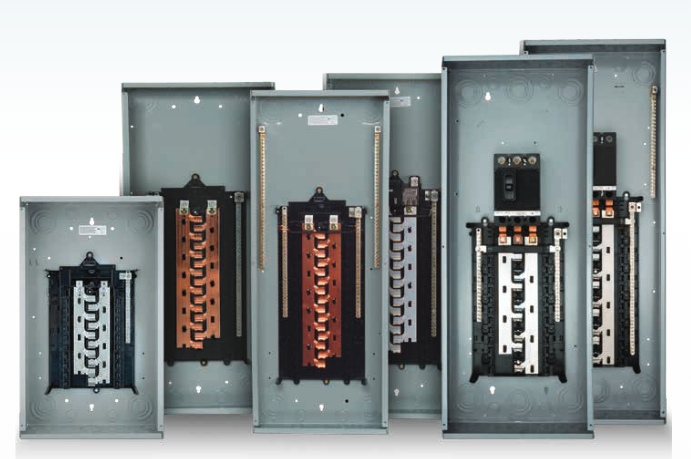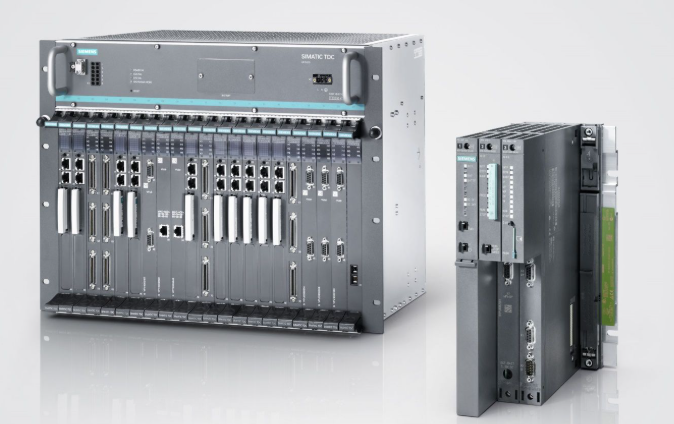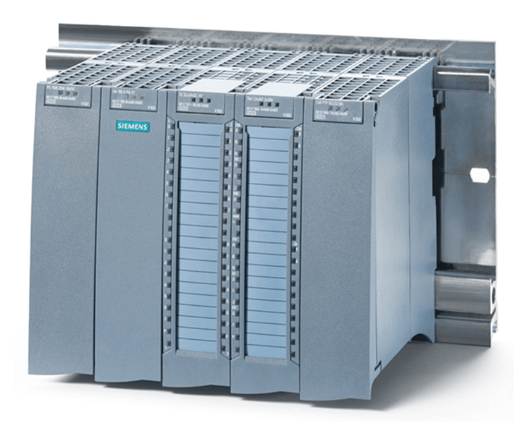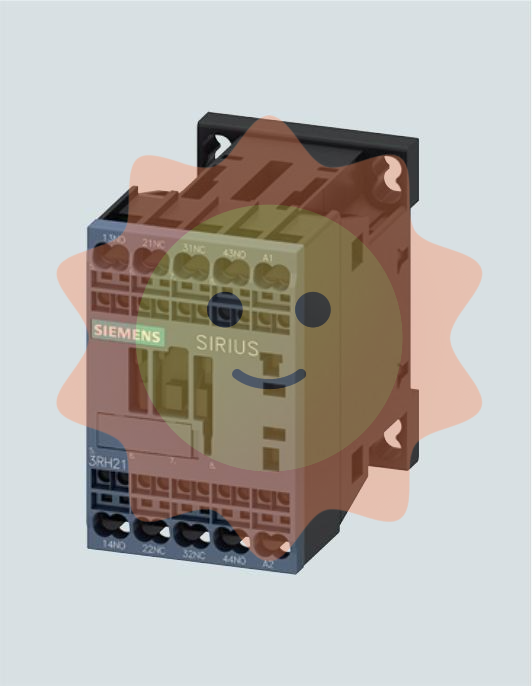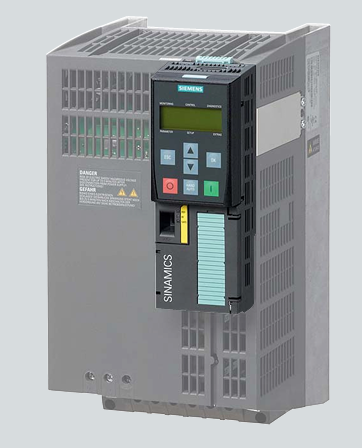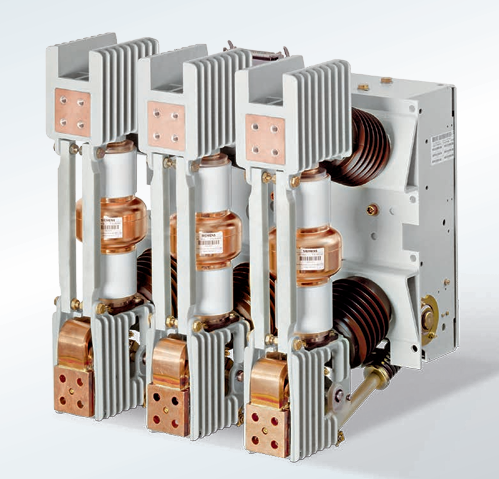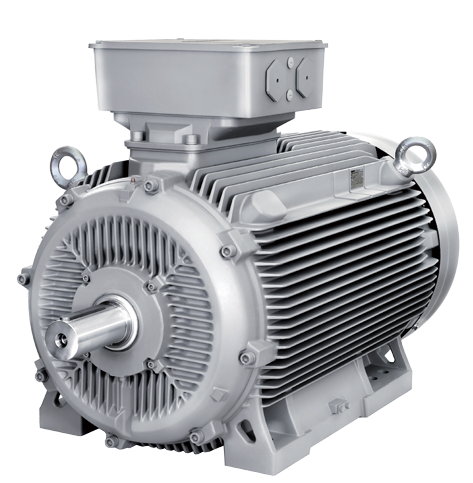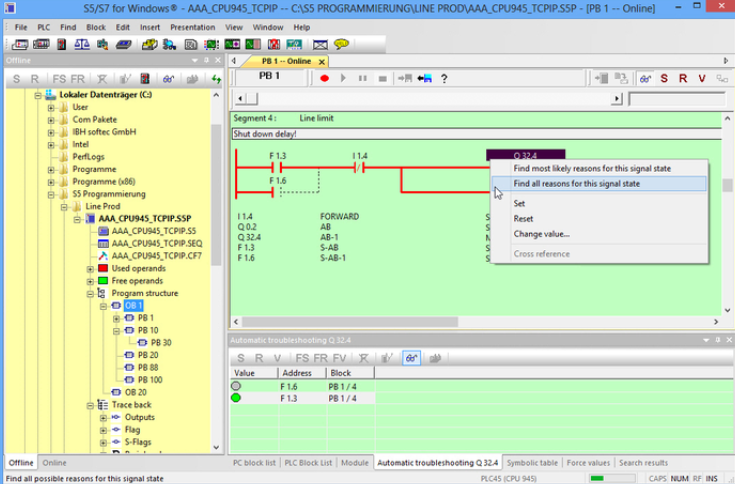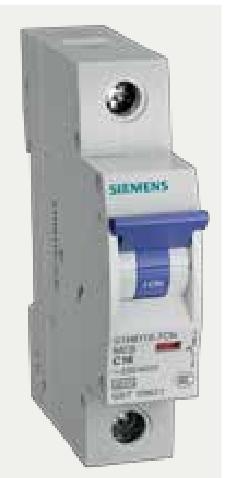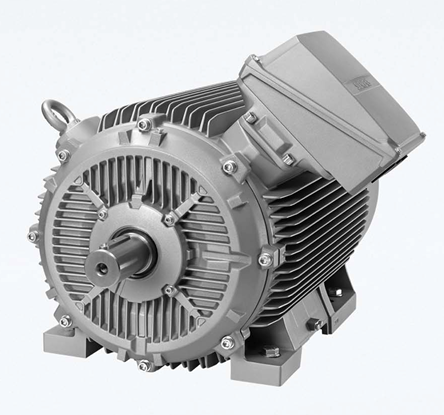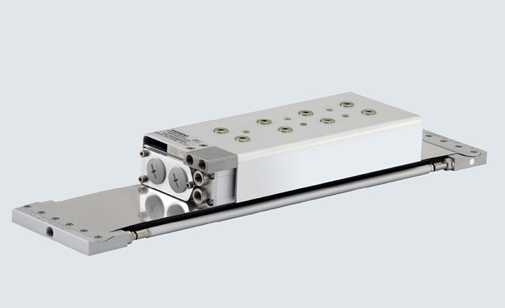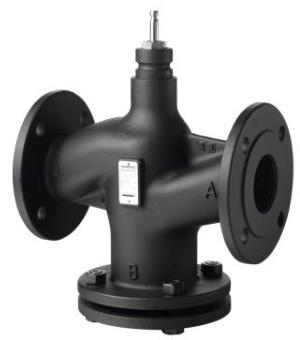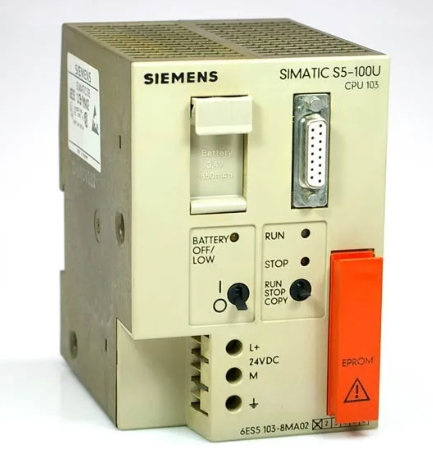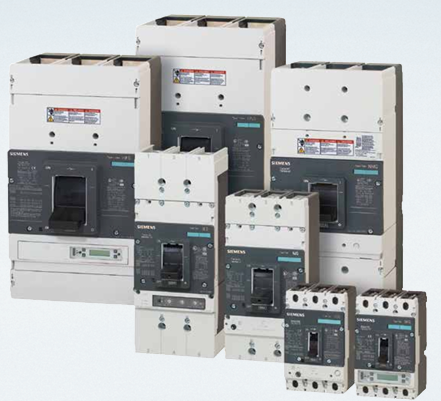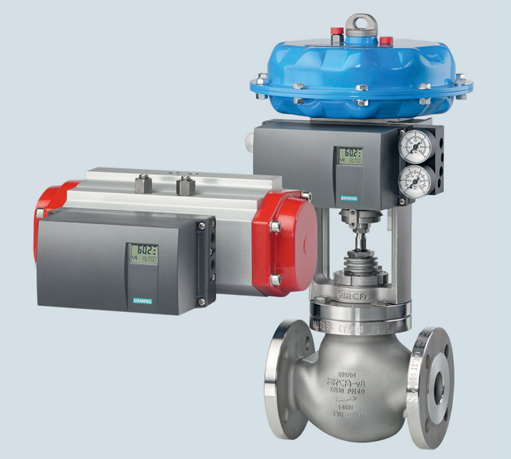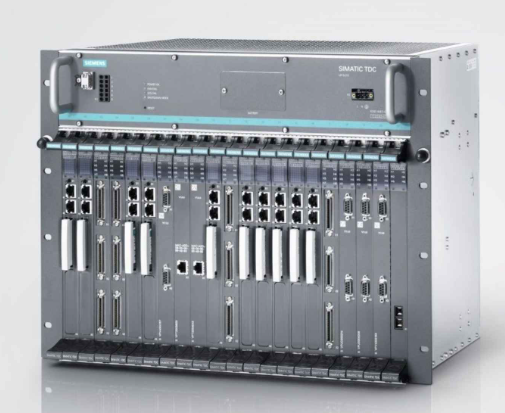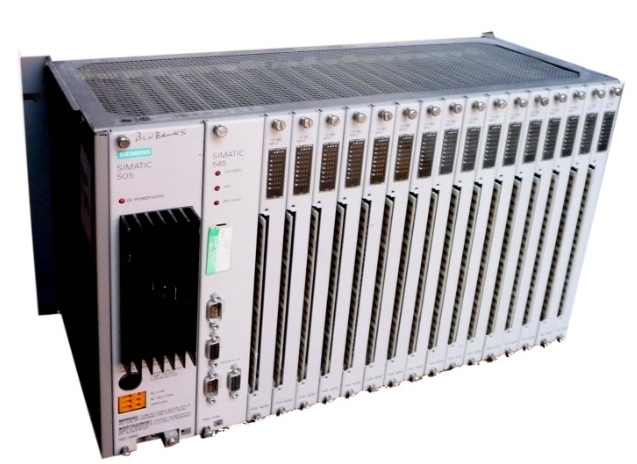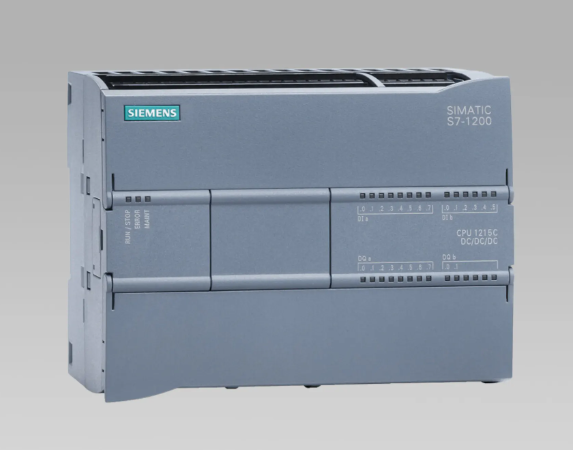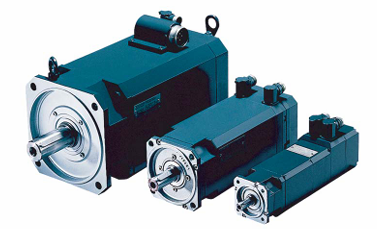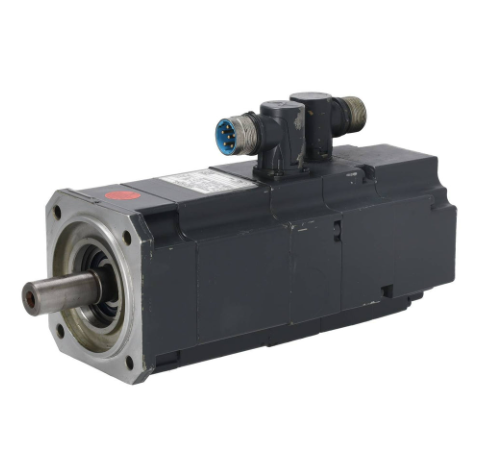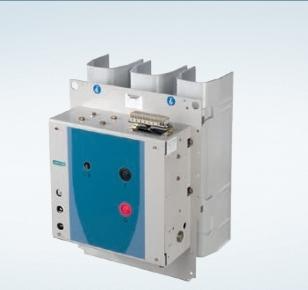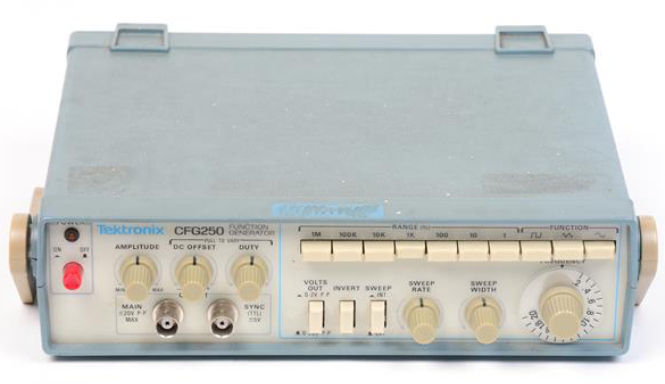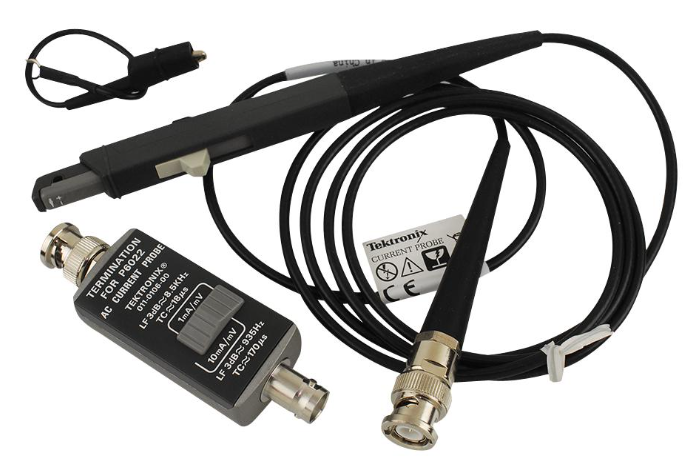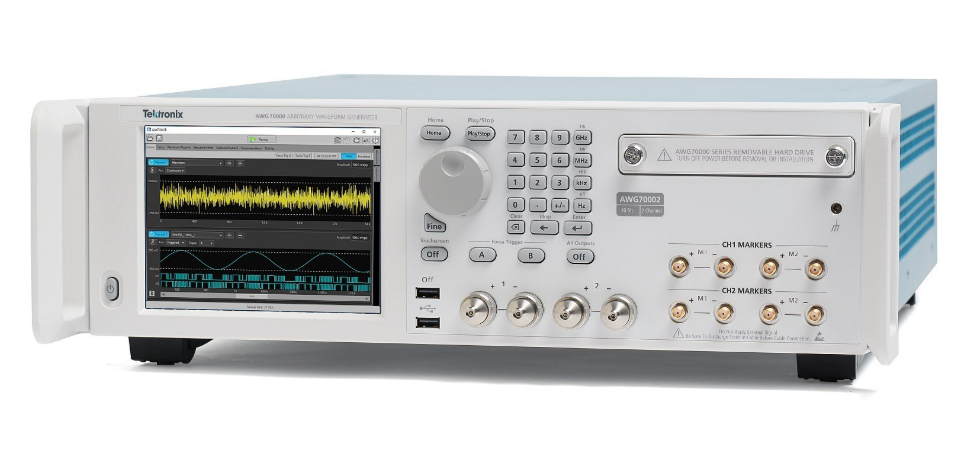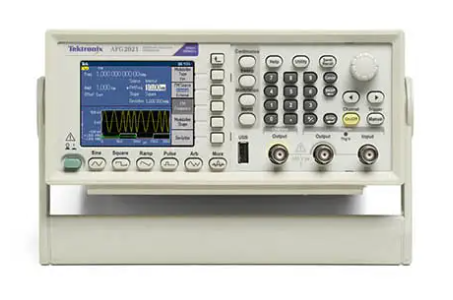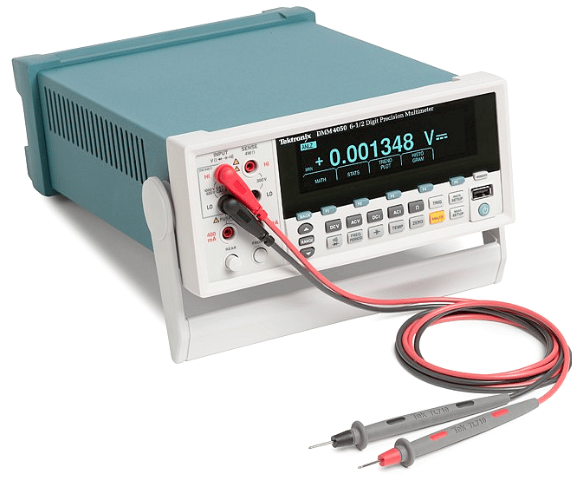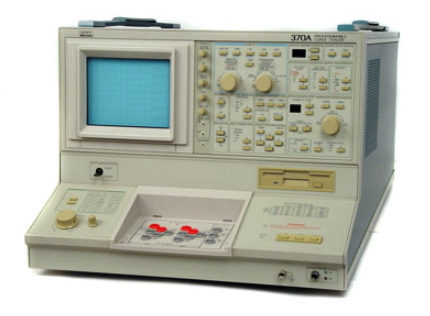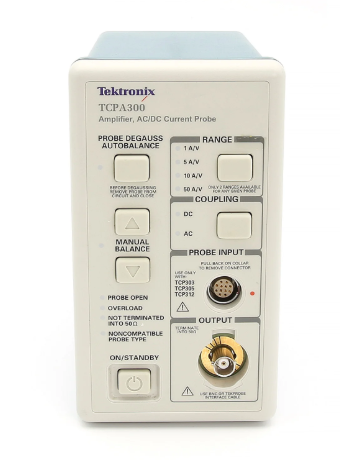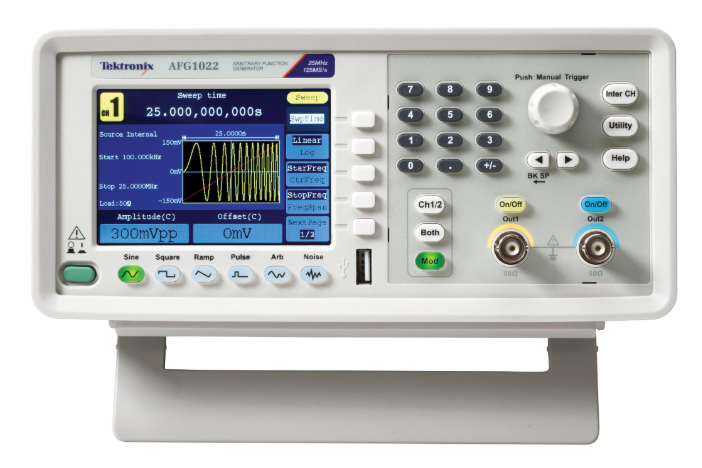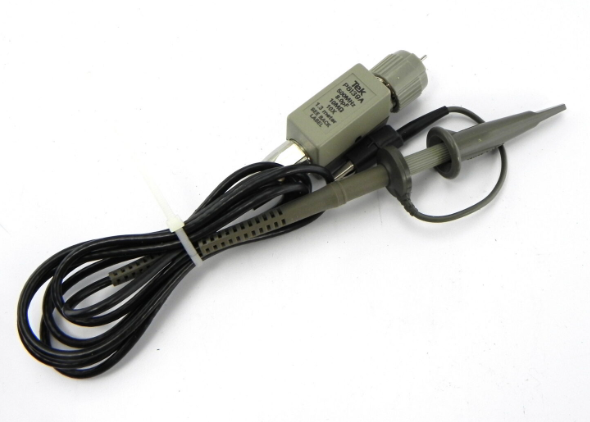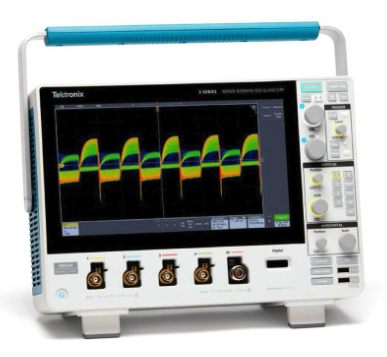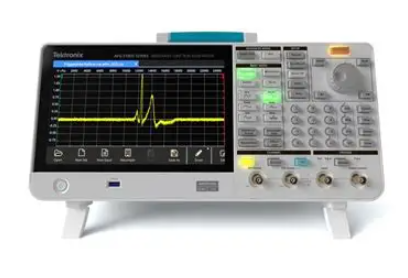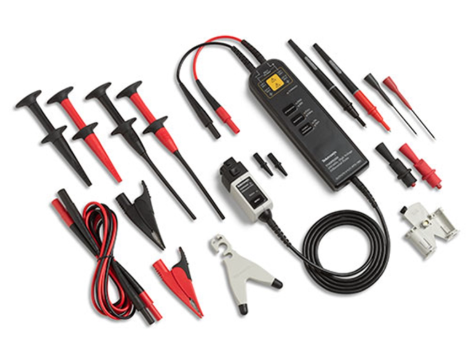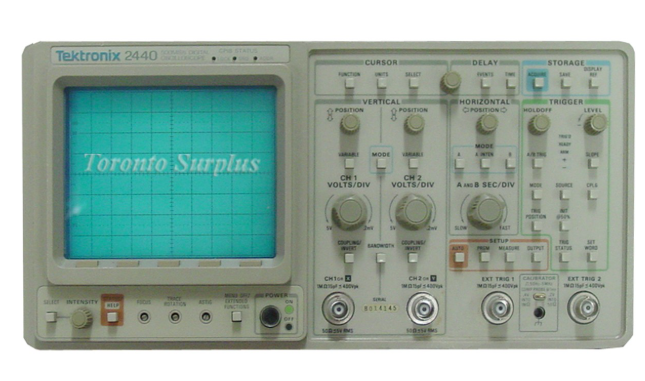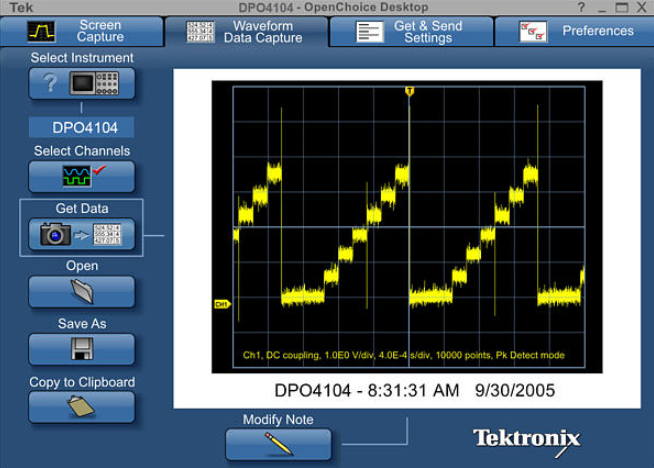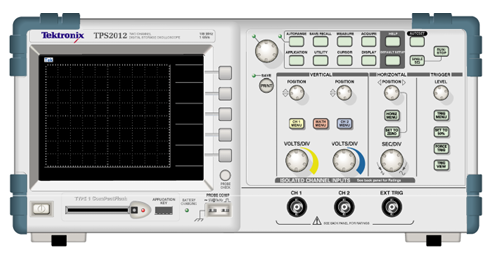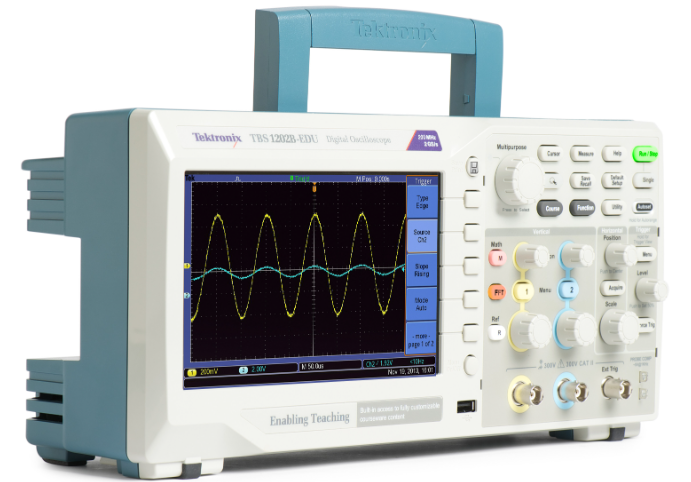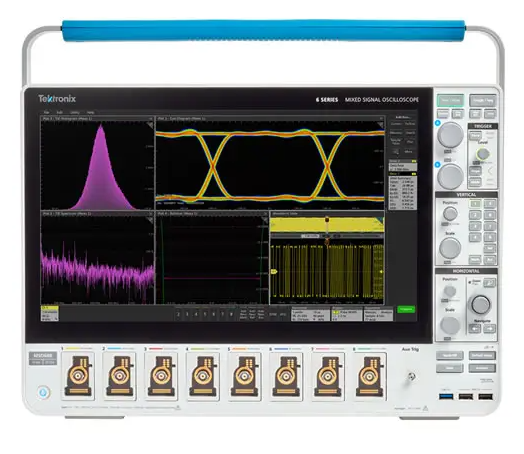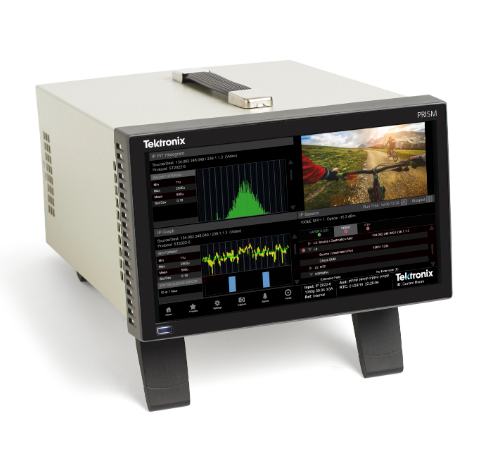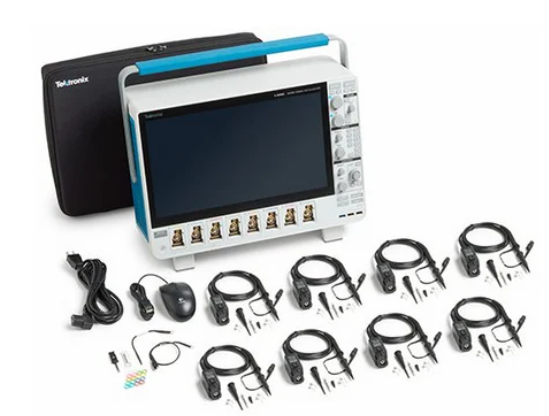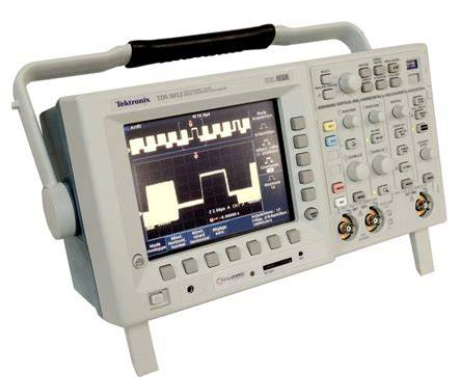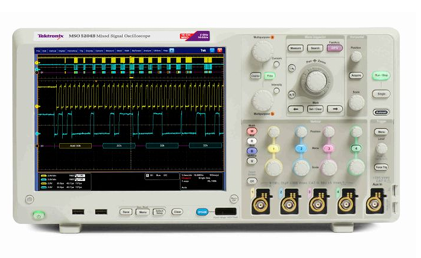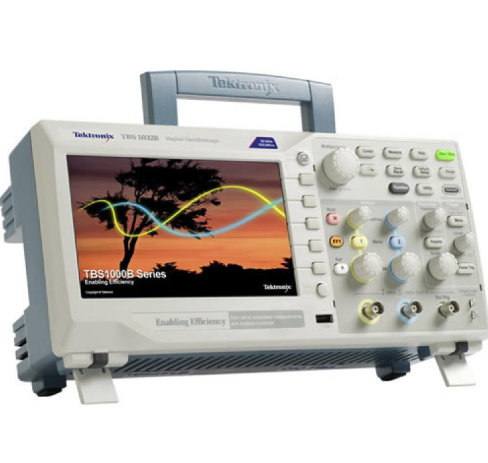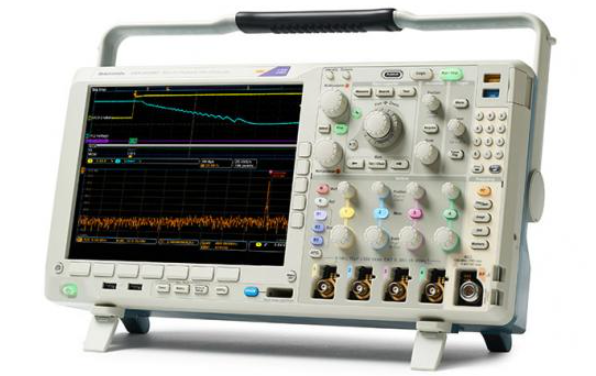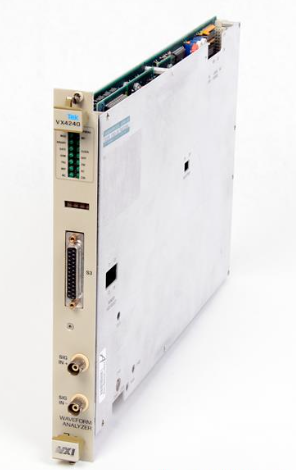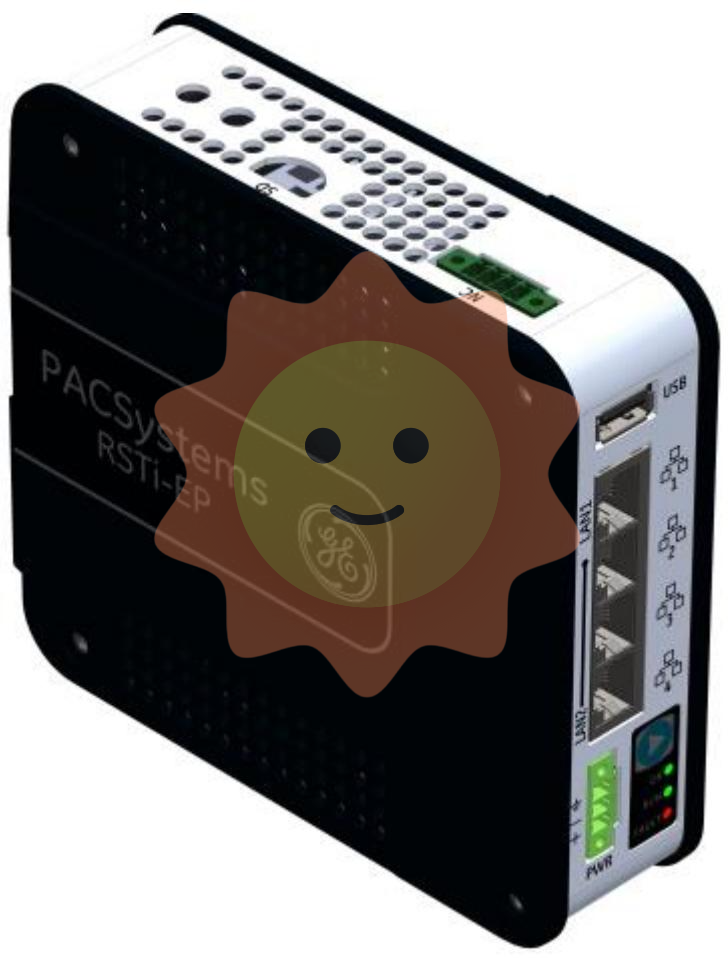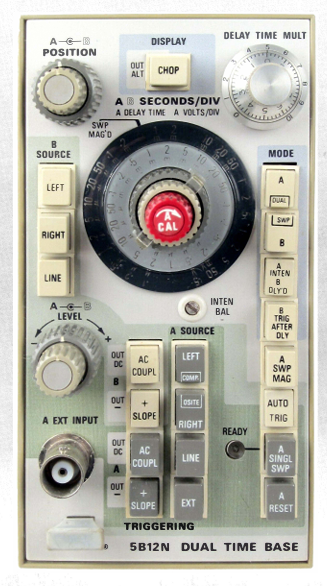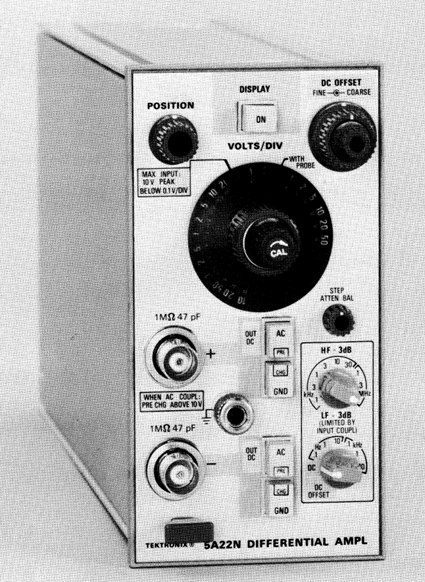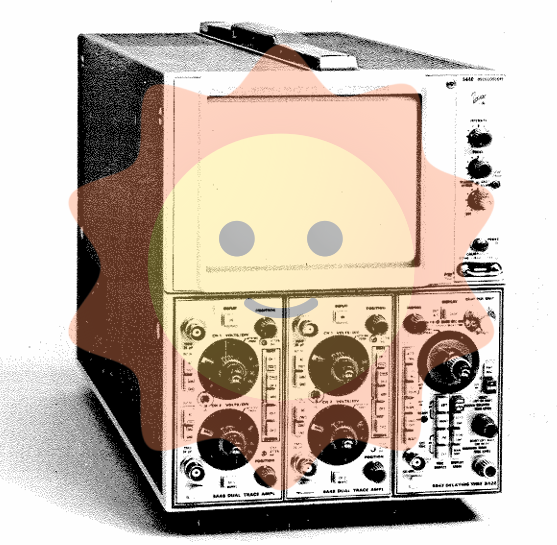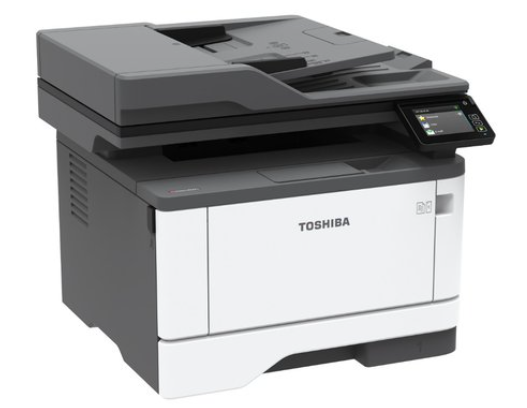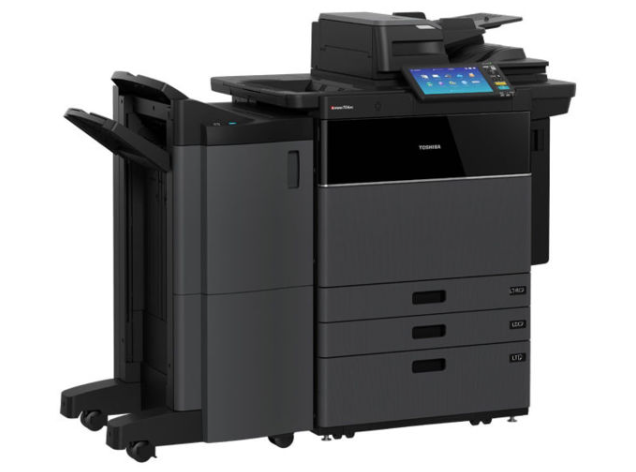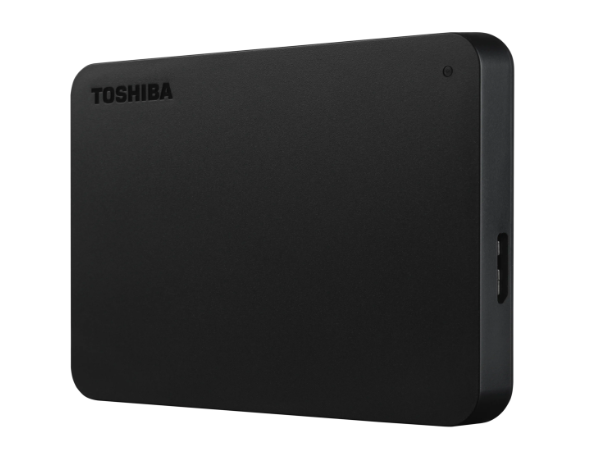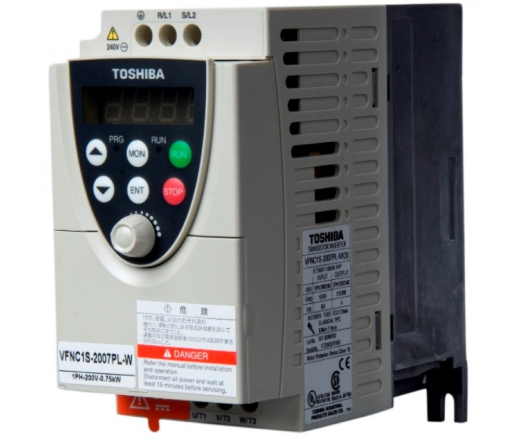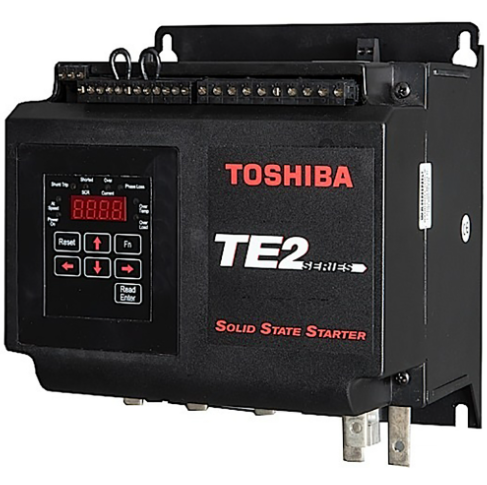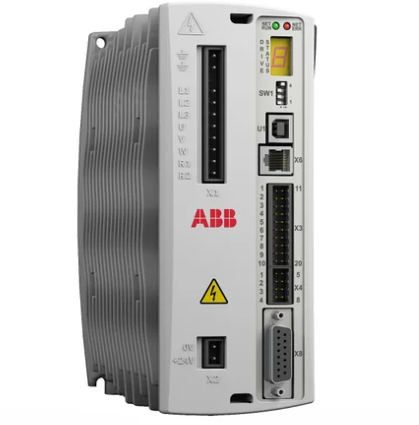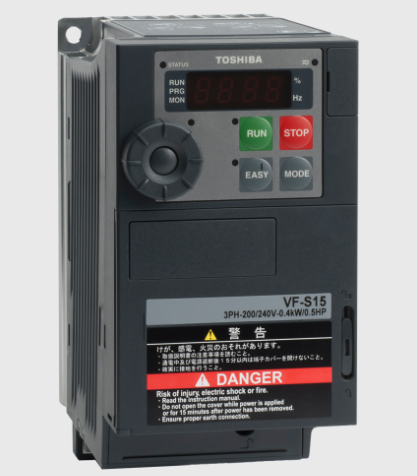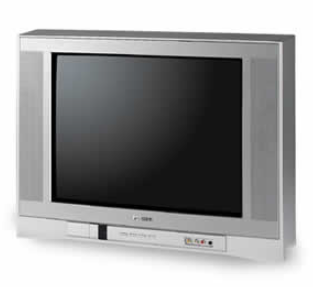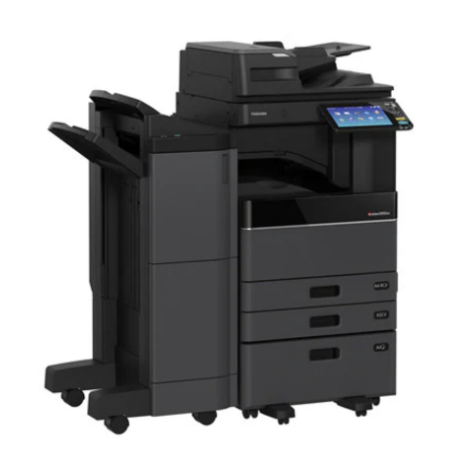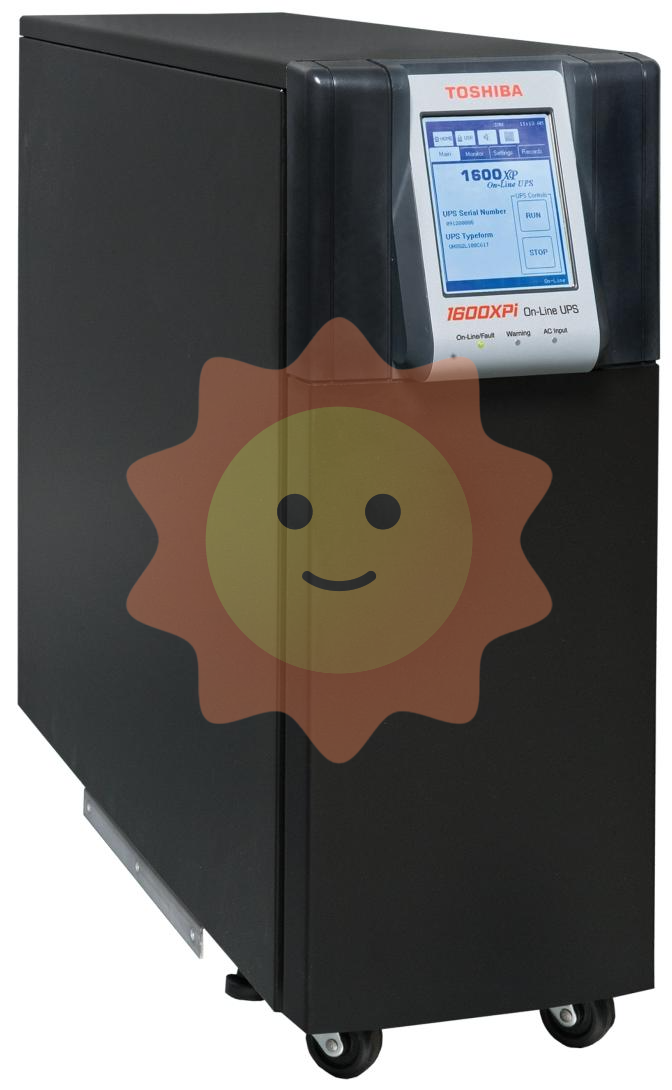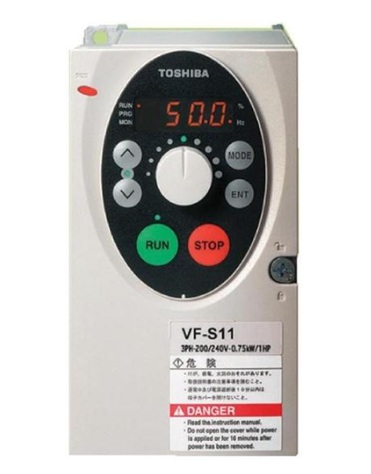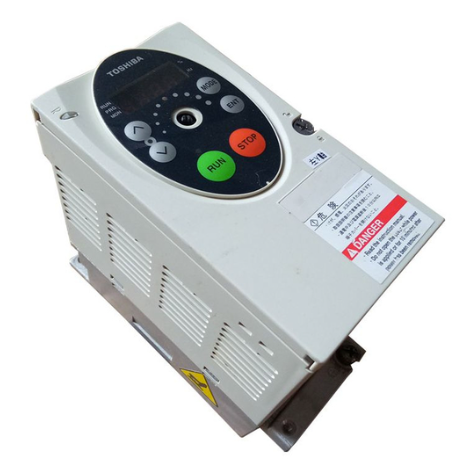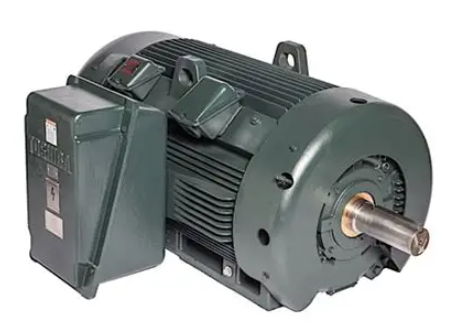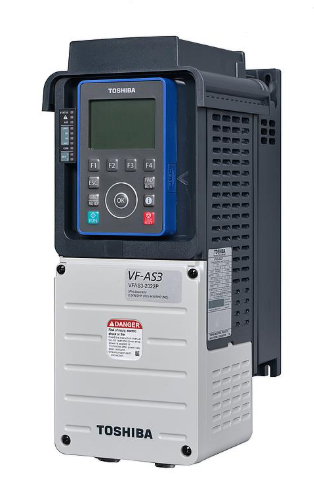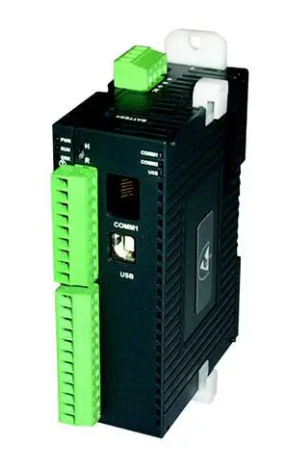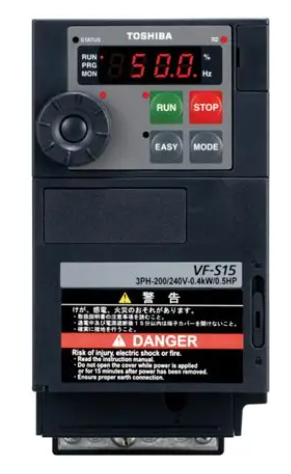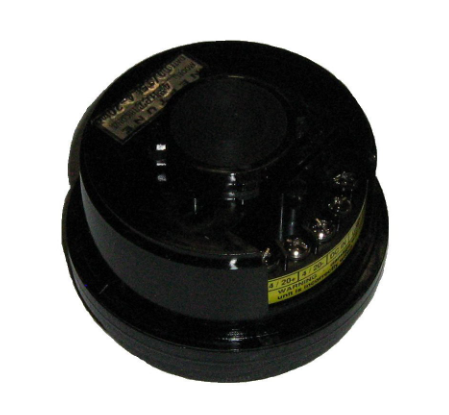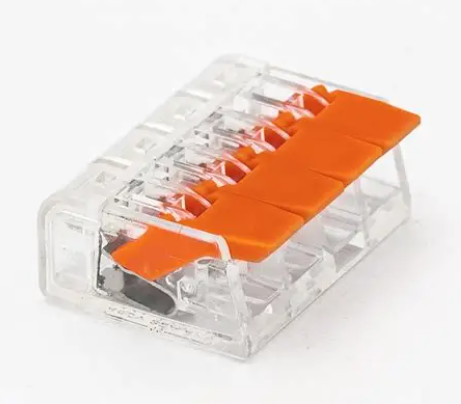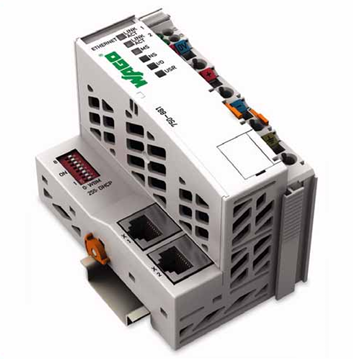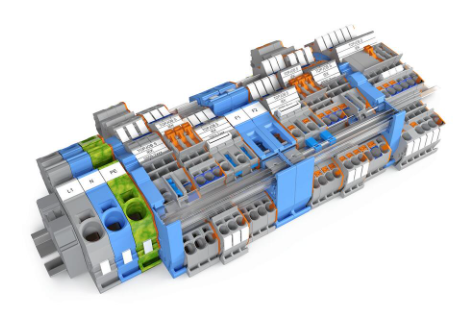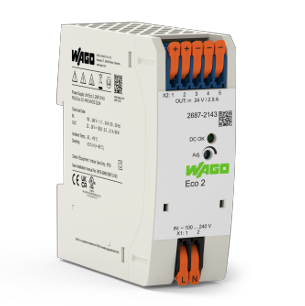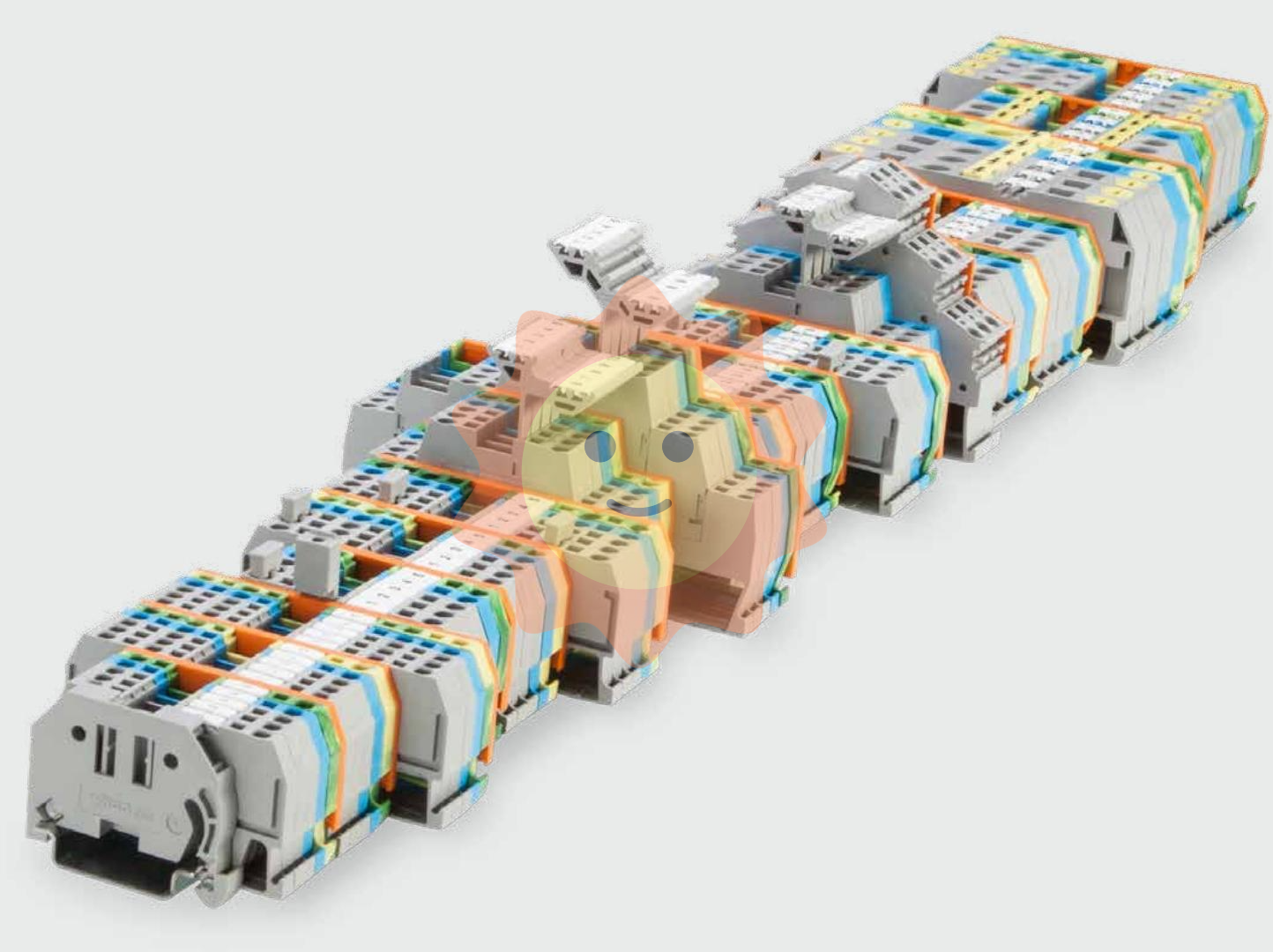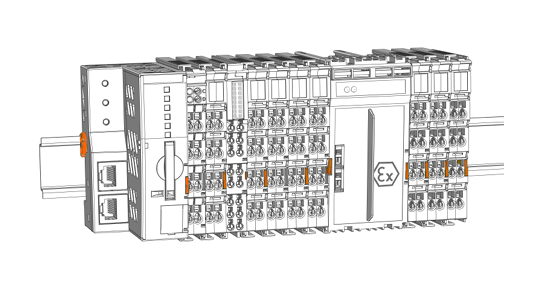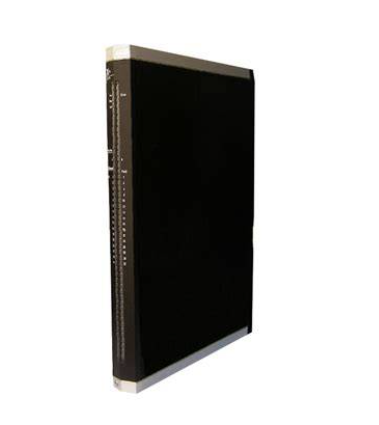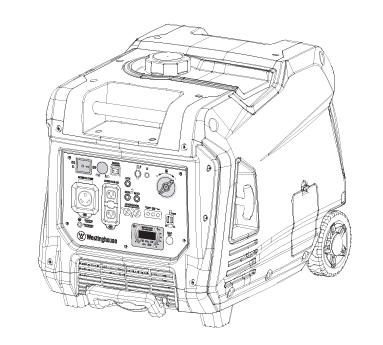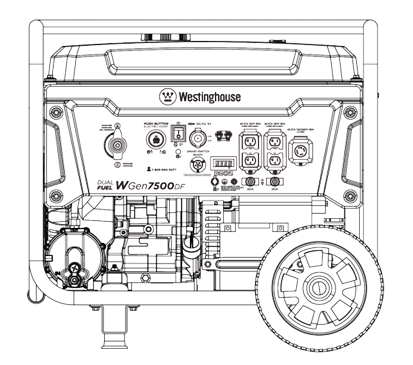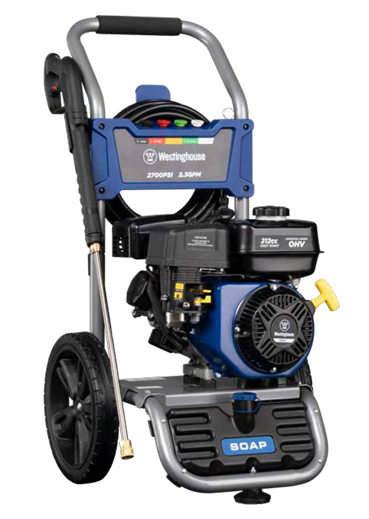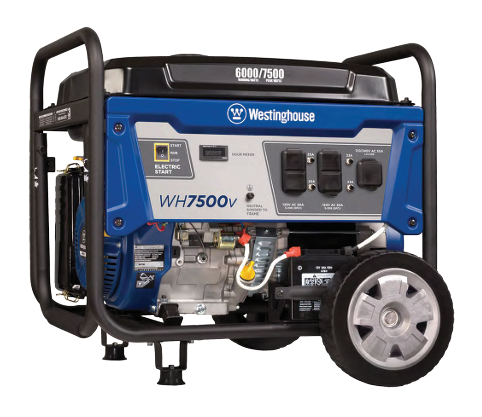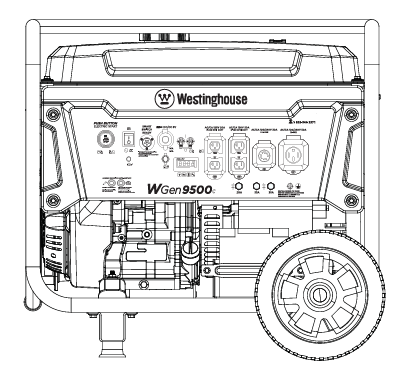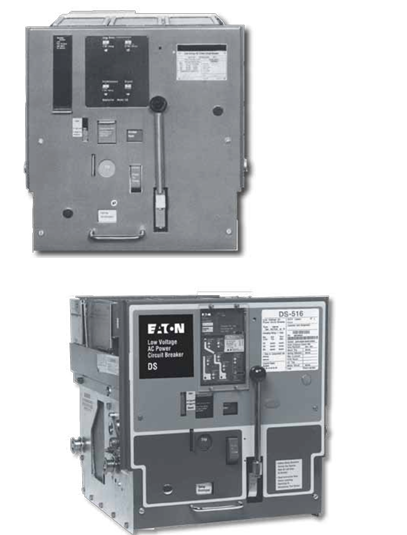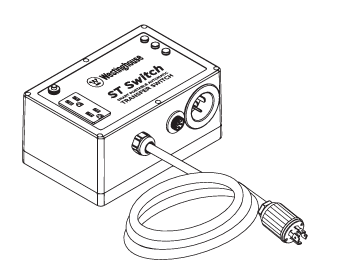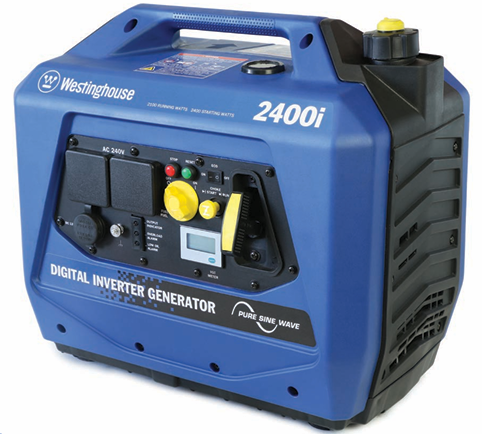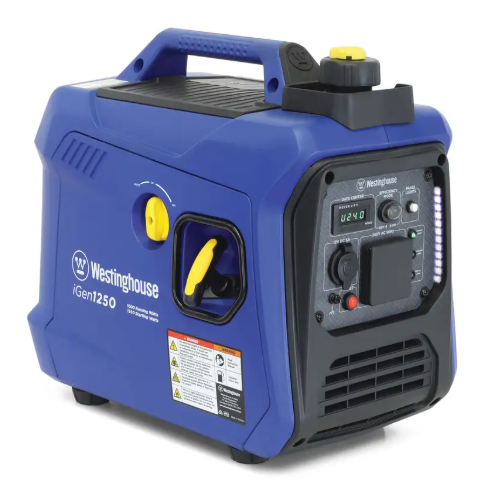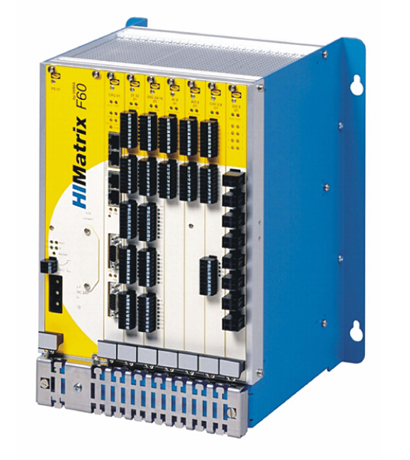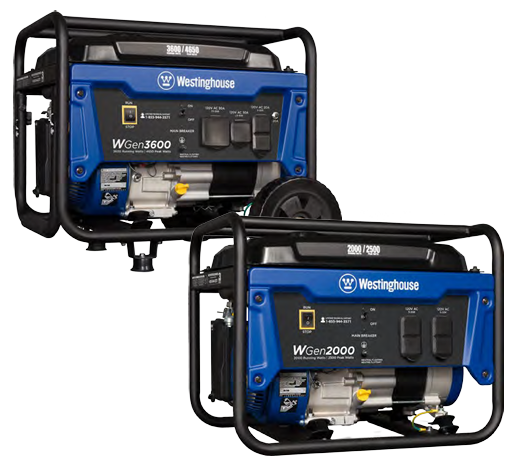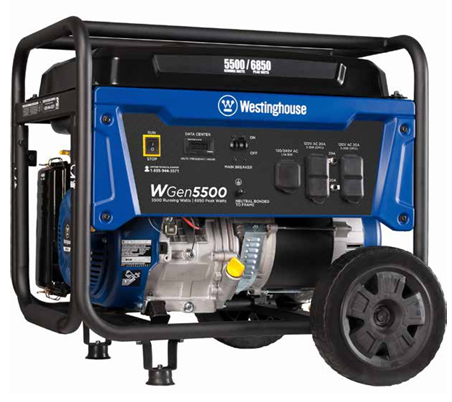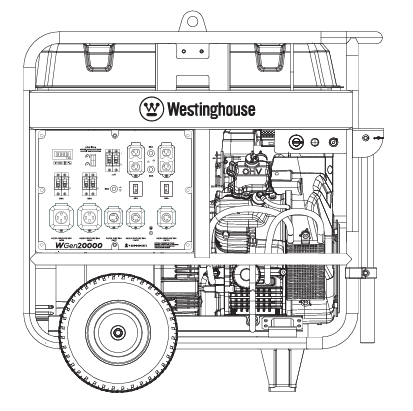RELIANCE 45C220B R-Net Programmable Controller
RELIANCE 45C220B R-Net Programmable Controller
Basic Information
Brand: RELIANCE
Model:45C220B
Type: R-Net Programmable Controller
Technical features and functions
Powerful control capability:
RELIANCE 45C220B is equipped with high-speed and high-precision control capability, capable of handling complex industrial automation control tasks.
It supports a variety of programming languages, such as ladder diagram, function block diagram, sequential function diagram, etc., which is convenient for users to carry out programming and debugging.
Flexible expandability:
The controller supports a variety of expansion modules, such as I/O modules, communication modules, special function modules, etc., which can be flexibly configured according to the actual needs.
It supports R-Net network communication, which can realise data exchange and cooperative work among multiple controllers.
High reliability:
Adopting advanced hardware design and manufacturing process ensures the stability and reliability of the controller.
Supports a variety of fault detection and diagnostic functions, which can detect and deal with faults in a timely manner and improve the operational efficiency of the system.
Easy maintenance and operation:
Provide rich programming, debugging and monitoring tools, which are convenient for users to develop and maintain the system.
Support remote monitoring and diagnostic functions, you can access the controller remotely through the network for real-time monitoring and fault diagnosis.
Application Areas
RELIANCE 45C220B R-Net Programmable Controller is widely used in various industrial automation control fields, such as:
Manufacturing industry: such as automated production line control in automotive manufacturing, machinery manufacturing, food processing and other industries.
Energy industry: such as electric power, oil, natural gas and other industries, automation monitoring system.
Transportation: such as railway, highway, aviation and other industries of automation control system.
Public facilities: such as water treatment, rubbish disposal and other industries of the automation control system.
Working Principle
Electromagnetic suction cup controller: AC voltage 380V by transformer step-down, after rectifier rectifier into 110V DC through the control device into the suction cup at this time the suction cup is magnetised, demagnetised into the reverse voltage line, the controller to achieve demagnetisation function.
Access control controller: access control controller works under two modes. One is the inspection mode, the other is the recognition mode. In the patrol mode, the controller continuously sends query codes to the card reader and receives reply commands from the card reader. This mode is maintained until the card is sensed by the reader. When the reader senses the card, the reader generates a different reply to the controller's patrol command, in which the reader transmits the read proximity card's internal code data to the access control controller, which puts the access control controller into the recognition mode. In the recognition mode of the access control controller, the access control controller analyses the code of the proximity card, compares it with the card data stored in the device, and implements subsequent actions. After completing the action of receiving data, the access controller will send a command to reply to the card reader, so that the card reader to restore the state, at the same time, the access controller back to the inspection mode.
Basic Functions
Data buffer: Because the rate of I/O devices is low while the rate of CPU and memory is high, a buffer must be set in the controller. In the output, the buffer is used to store the data coming from the host at high speed, and then the data in the buffer will be transmitted to the I/O device at the rate of the I/O device; in the input, the buffer is used to store the data coming from the I/O device, and then the data in the buffer will be transmitted to the host at high speed after a batch of data has been received.
Error control: The device controller also manages error detection of data sent from I/O devices. If an error is found in the transmission, the error detection code is usually set and reported to the CPU, which then cancels the transmitted data and transmits it again. This ensures the correctness of the data input.
Data exchange: This refers to the realisation of data exchange between the CPU and the controller, and between the controller and the device. For the former, it is through the data bus, by the CPU in parallel to write data into the controller, or from the controller in parallel to read out the data; for the latter, it is the device will be the data input to the controller, or from the controller to the device. For this purpose, data registers have to be set up in the controller.
Status Description: Identifies and reports the status of the device The controller shall note down the status of the device for the CPU to know. For example, the CPU can start the controller to read data from the device only when the device is in a transmit-ready state. For this purpose, a status register shall be set up in the controller with each bit therein reflecting a particular state of the device. When the CPU reads in the contents of this register, it can learn the state of the device.

- User name Member Level Quantity Specification Purchase Date
- Satisfaction :
-









Email:wang@kongjiangauto.com

